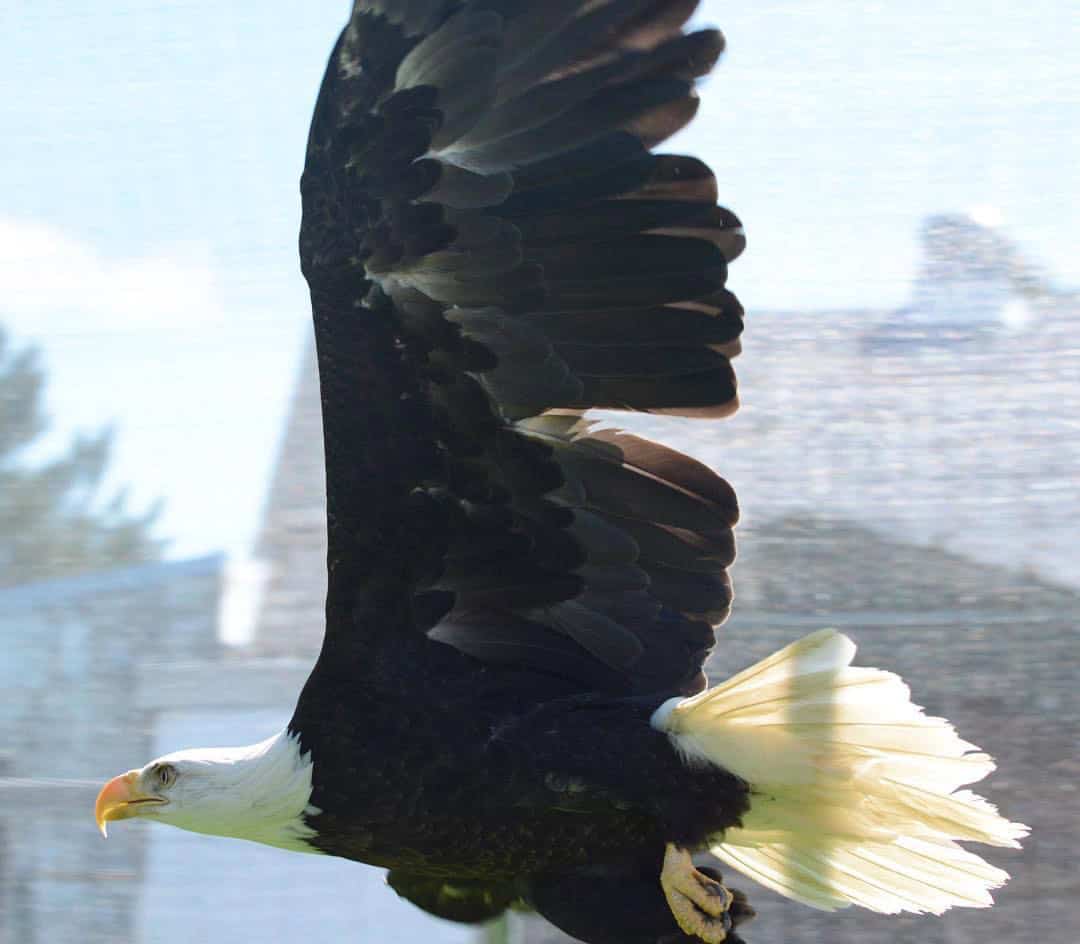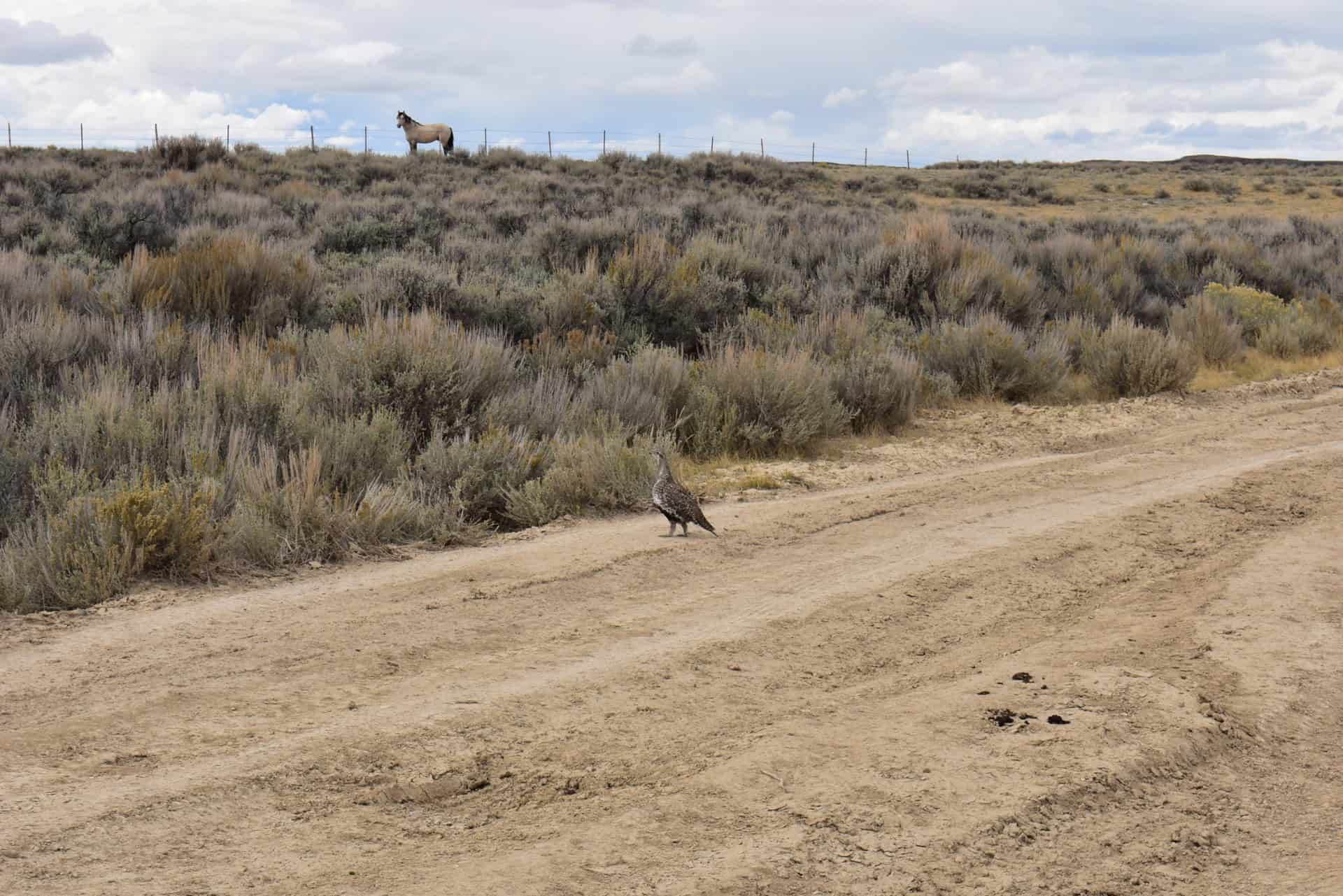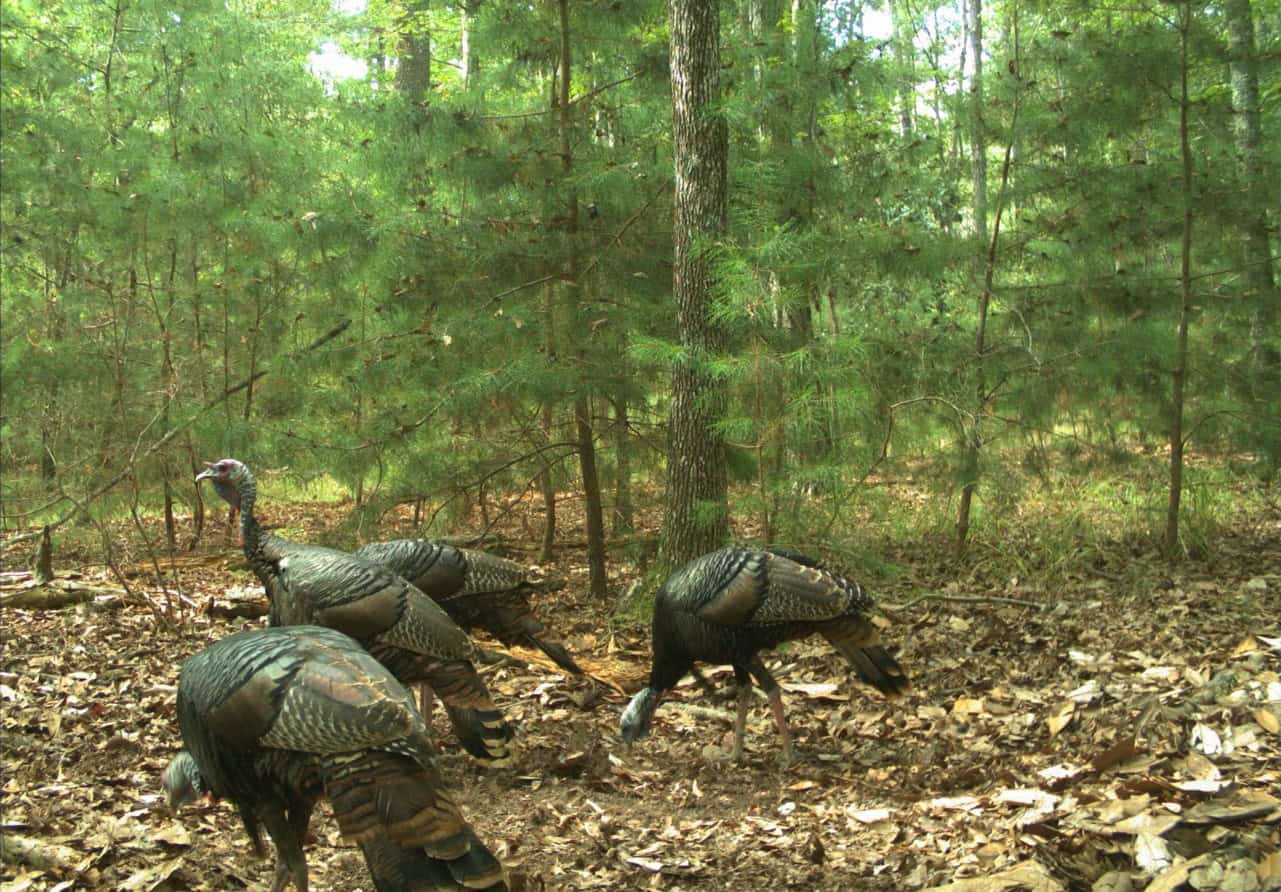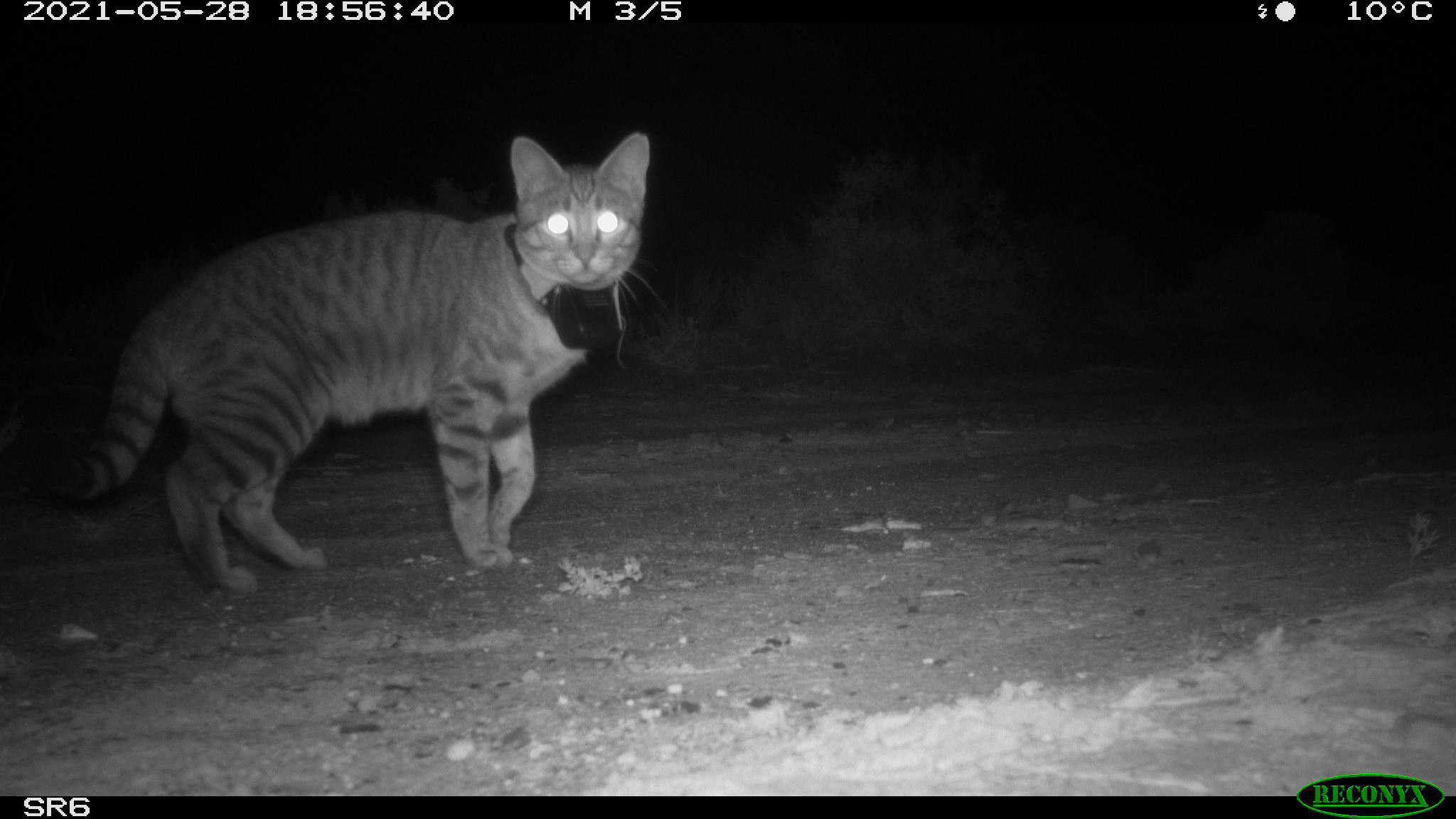Share this article
Wildlife Featured in this article
- Golden eagle
- Bald eagle
Could treating injured raptors help lift a population?
Researchers found the work of rehabbers can have long-lasting benefits
When wildlife biologist John Goodell was investigating raptor deaths, he went to the people on the front lines. At Blue Mountain Wildlife, a rehabilitation facility in Pendleton, Oregon, executive director Lynn Tompkins and her team had been treating a growing number of hawks, eagles and owls for lead poisoning, as well as more typical injuries from run-ins with cars, cats and windowpanes.
The center was far busier than Goodell imagined. When he asked Tomkins for the numbers of raptors they had treated, she replied with a spreadsheet listing thousands of birds.
“This one rehab center was treating up to 600 raptors a year in this one town in Oregon,” said Goodell. Now the executive director at The Archives of Falconry, he was natural history curator of the High Desert Museum near Bend, Oregon, at the time.
If that was typical, facilities across the Pacific Northwest must be treating tens of thousands of birds, he realized. Across the U.S., the numbers must be even more dramatic.
“This big lightbulb went off,” he said. Rehabilitation—a sector of wildlife work that he, like many of his colleagues, had written off as feel-good work with little ecological benefit—may have far greater consequences than he thought.
“Is this a blind spot of wildlife professionals? We tend to have a dismissive attitude toward addressing individual animal welfare,” he said.
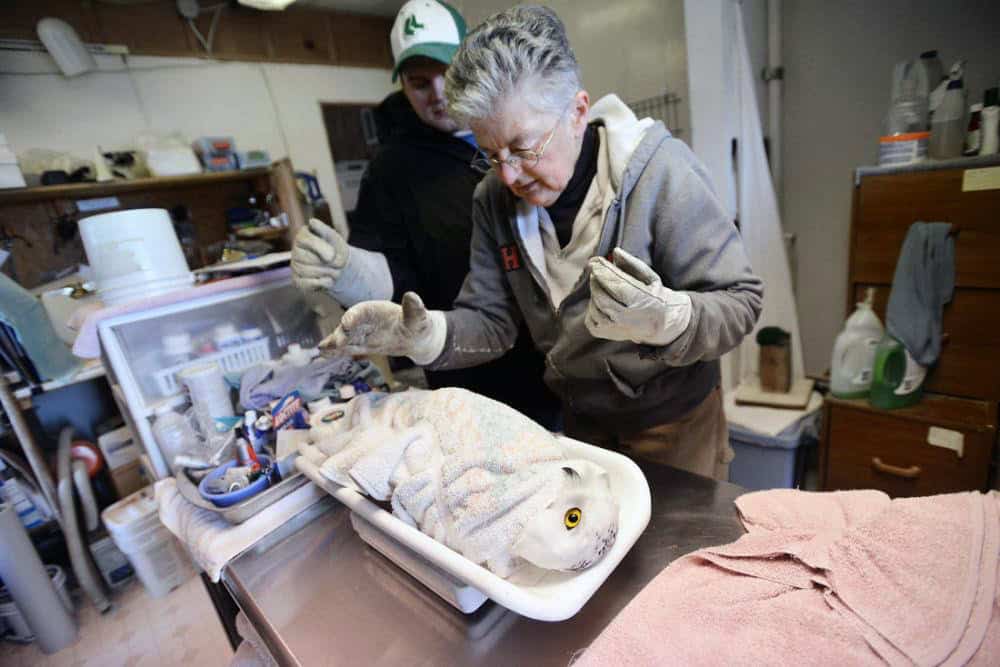
Surviving in the wild
In a study published recently in Wildlife Biology, Goodell and his colleagues—at least some of whom shared his skepticism toward wildlife rehabilitation—took a closer look. They studied bird banding data for 17 raptor species, including golden eagles (Aquila chrysaetos), bald eagles (Haliaeetus leucocephalus) and several hawk and owl species, and looked at data from 24 wildlife rehab centers across the U.S. For most raptor species, they found, birds released after rehabilitation were about as likely to survive as wild birds.
Those released birds can have even broader impacts on the population. Back in the wild, the birds mate and breed, raising hatchlings that grow up to mate and breed, too. When the researchers modeled the effects, they found most species would see at least some population-level benefits from returning raptors to the wild. That was especially true for long-lived, slow-to-reproduce species like golden eagles.
“Honestly, it was kind of surprising,” said TWS member Christian Hagen, a researcher at Oregon State University’s Department of Fisheries, Wildlife and Conservation Sciences and the paper’s lead author. “These weren’t huge additions, but for long-lived species, like a golden eagle, if you add half a percent back to the population and you continue to do that over time, it can become exponential growth. That was super-exciting.”
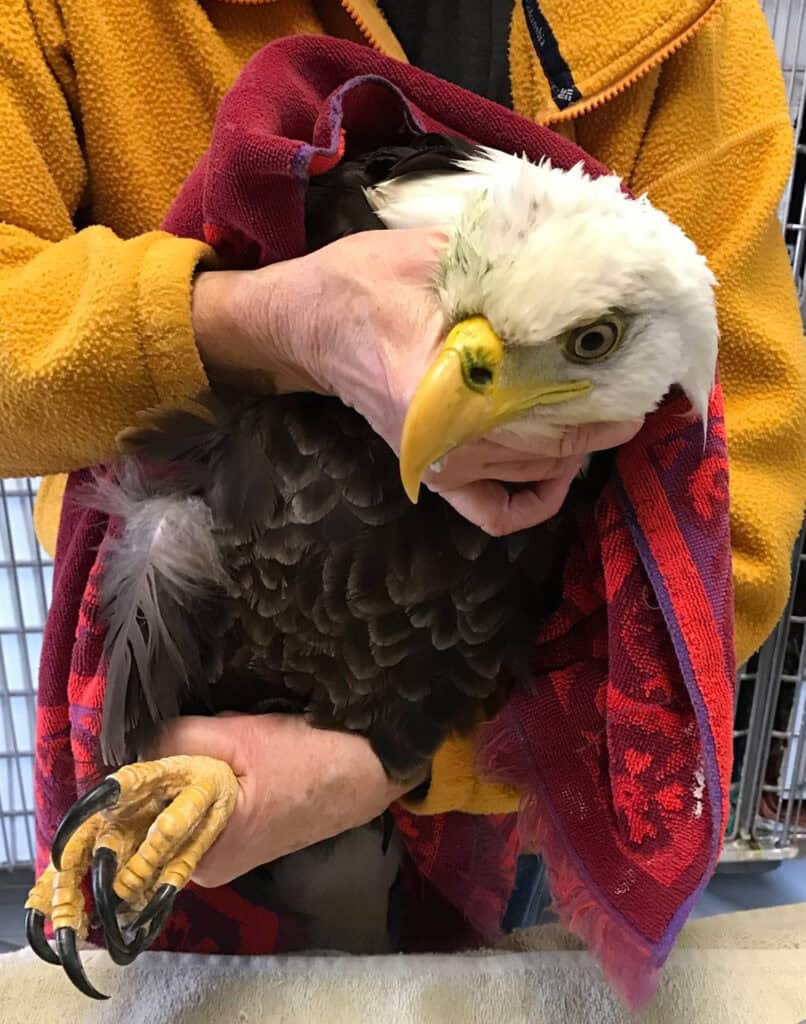
While wildlife biologists and rehabbers both deal with wildlife, they can see the species they work with in very different ways. Rehabbers treat the sick and injured animals that show up at their clinics—usually from human causes—in hopes they can return them to the wild.
“My hope was that what we were doing was significant—at least for that one bird, anyway,” Tompkins said.
Wildlife biologists, on the other hand, tend to look at population-level effects without getting caught up in the plight of individuals in the rough-and-tumble natural world. For them, rehab work can seem like a waste of time.
“By and large, I was one of those folks who felt that rehab was a feel-good thing, and it doesn’t really make a difference from a conservation standpoint,” Hagen said. “There’s the question of, should we be spending all this money and human resources doing this work when we could be restoring habitat?”
His team’s research suggests the two objectives may not be so far apart after all.
The research was “humbling,” Goodell said. “It was like literally opening a new door in the wildlife arena and discovering a whole new galaxy of dedicated people working on behalf of wildlife without any pats on the back from us.”
Mitigation potential
The study looked particularly at the question of remediating the impacts of energy facilities on raptors. If a protected raptor, like a golden eagle, is killed by a wind turbine, the energy company is required to mitigate the “incidental take” by offsetting eagle deaths elsewhere. The only current option is to retrofit power poles to make them less deadly.
Instead, the researchers suggested, energy companies could pay rehab facilities for their work restoring raptors to the wild. “We may have yet another conservation tool to right some of the human wrongs that we impose on habitat, on individuals and on populations,” Hagen said.
While their study looked at raptors, the effectiveness of rehab work on other species is not well known. In a study published in October in Biological Conservation, researchers studying the records of 94 rehab centers across the U.S. found that about a third of all treated animals return to the wild. But how those animals fare back in nature isn’t clear.
Hagen hopes to expand his team’s research to look at more species and more rehab facilities across the country. “We’re eager to see where the next phase goes,” he said. “We could be surprised in the opposite direction, but we think the number of raptors coming into these facilities is going to be a wakeup call.”
Header Image: A bald eagle returns to the wild after being released from Blue Mountain Wildlife. Credit: Blue Mountain Wildlife



